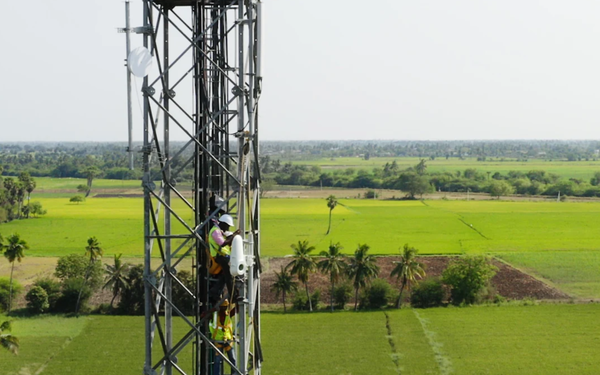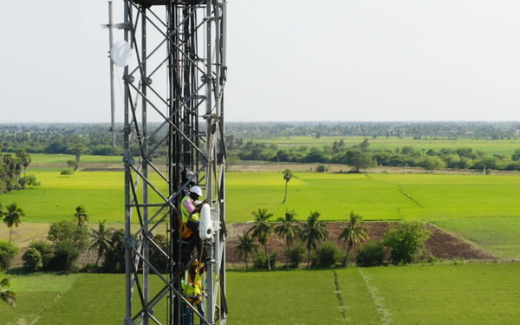Google Project Taara Powers Access To Internet Using Beams Of Light
Google Project Taara Powers Access To Internet Using Beams Of Light

Google engineers have been working on a new project that could enable billions of people to connect to the internet using narrow beams of light.
Fiber-optic cable can support high speeds, but rolling out an extensive fiber network through rural areas or mountainous terrain can be costly and take time.
Cellular services often do not work either, and radio frequency can become spotty — especially with global internet traffic projected to grow about 25% annually, radio spectrum alone cannot support the world’s growing data demand, according to Google.
Google’s latest connectivity project — Taara — is intended to bring fast, affordable connectivity to the world using a new approach to wireless optical communication (WOC) technology. It uses narrow, invisible beams of light to deliver high-speed connectivity over long distances — similar to the way traditional fiber uses light to carry data through cables in the ground.
The technology can transmit information at high speeds of up to 20 gigabits per second and distances up to 20 km.
Taara is one of Google’s parent company Alphabet’s moonshot factory projects known as X. Mahesh Krishnaswamy leads the project. He told Wired that the global connectivity problem is far but solved. And I can vouch for that living in Wyoming for the past seven of so years. I’d be interested to know if it works in areas with think forests.
More connectively creates increased traffic to websites. Or any web traffic. I know the heartache of driving through the backroads of Wyoming and having a call drop. Trying to access a website for more information sometimes seems impossible.
Recently T-Mobile linked with Elon Musk’s Starlink to offer rural areas satellite service connected to cellular. A service like Taara could provide another option.
“Each Taara link consists of two terminals containing mirrors and sensors that point, acquire, and track beams of light, ensuring they remain on target. It’s important that the signal between Taara’s terminals isn’t interrupted, so they’re placed up high, on towers, poles, or rooftops,” Google wrote in a blog post.
Google says its technology “ensures uninterrupted communication” — adding that would be the case even in circumstances when “a tower sways due to wind, or a bird flies through the beam’s path.”
“As Taara operates in the light-based optical spectrum, it unlocks 30 times more data capacity than radio frequency,” Google adds.
Unfortunately, Google’s technology is not being tested in the U.S. — at least not yet. But it is operational in more than a dozen areas including the Congo River. It also was tested at the Coachella music festival in California last year.
Google is also using it as a light bridge to provide high-speed bandwidth to a building on its Bayview campus, Wired reported.
(2)


